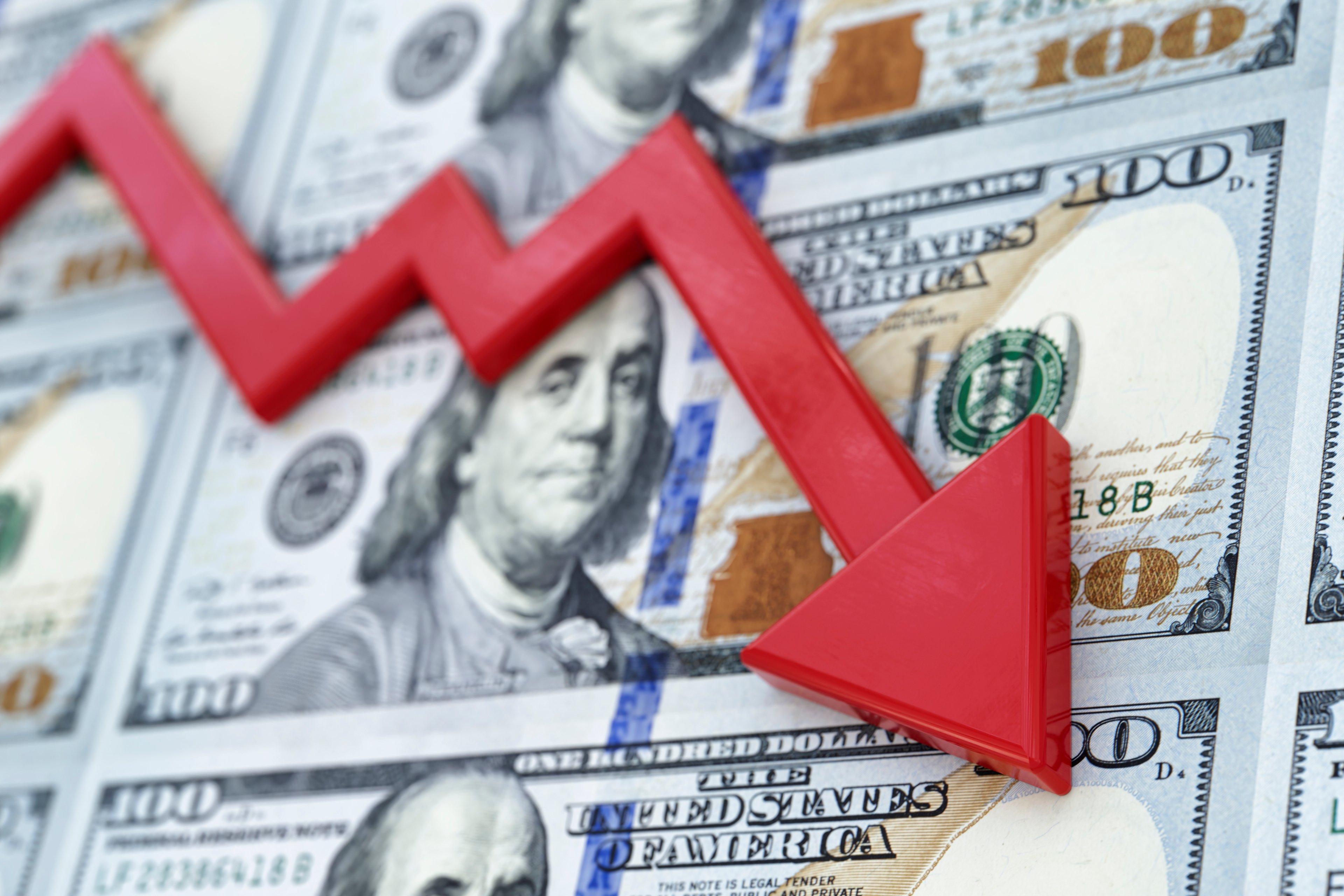Millions of investors, both professional and amateur, use the S&P 500 (^GSPC +0.34%) as a benchmark against which to weigh their performance. But while changes to the S&P 500 are few and far between, another set of important indexes make major changes like clockwork each and every year. The time for those changes is fast approaching, so to keep from being taken by surprise, you need to understand what's in store for these popular benchmarks and how they might affect you.
Understanding the Russell reconstitution
Russell Investments isn't the best-known household name in investing. But with almost $4 trillion in assets using various Russell indexes as their primary benchmarks as of the end of 2011, Russell claims the status of having more U.S. institutional funds tracking its indexes than all other U.S. indexes combined.
As a result, the annual ritual that Russell follows in reconstituting its entire family of indexes takes on immense importance. Especially with the more illiquid stocks that make up indexes like the popular small-cap Russell 2000 (RUSSELLINDICES: ^RUT) and the Russell Microcap index, additions and deletions to the lineup of stocks included in each index can lead to intense volatility as rule-following index investors have to mimic the changes in the index by buying and selling the affected stocks. For instance, the Russell-tracking iShares Russell 2000 (IWM +0.10%) has almost $22 billion in assets under management, and when you consider index funds and ETFs, the total figure tracking just the small-cap index alone approaches $600 billion.
Essentially, changes in company size are the most important factors in determining whether stocks will move from one index to another. Just as a company that gains admission to the S&P 500 often climbs in anticipation of index-fund buying, so too can a stock joining the Russell 2000 for the first time post impressive gains. Moreover, stocks that graduate to the ranks of the large-caps can end up leaving the Russell 2000 in favor of the large-cap oriented Russell 1000, commanding greater status.
What to watch for
Next Friday after the market closes, Russell will publish preliminary indexes that will show investors the likely additions and deletions to the various Russell indexes. Those decisions will be based on market capitalizations as of May 31.
Russell will then update those preliminary lists the following Friday, June 21. By June 28, a final list of updates will become available, with the actual reconstitution taking place after the market close on that day. On the following Monday, July 1, Russell will post the final membership lists for its indexes.
Can you profit from the changes?
The problem with trying to anticipate the changes to the Russell indexes is that if you start now, you're already very late to the game. Investors in the know have been trying to game the Russell reconstitution for months now, watching the changing status of borderline stocks that are most likely to make moves onto or between Russell index lists. A recent Wall Street Journal blog post noted that stocks expected to join the Russell 2000 this year quickly jumped 10% between late March and April 10, suggesting that most of the profit has already been made.
Even if you don't try to trade the reconstitution, knowing that it's happening is a good way to avoid uncomfortable surprises about stock movements in the weeks to come. By keeping an eye on which stocks will make the final Russell cuts, you'll be able to sit back and watch the fireworks without concern.







